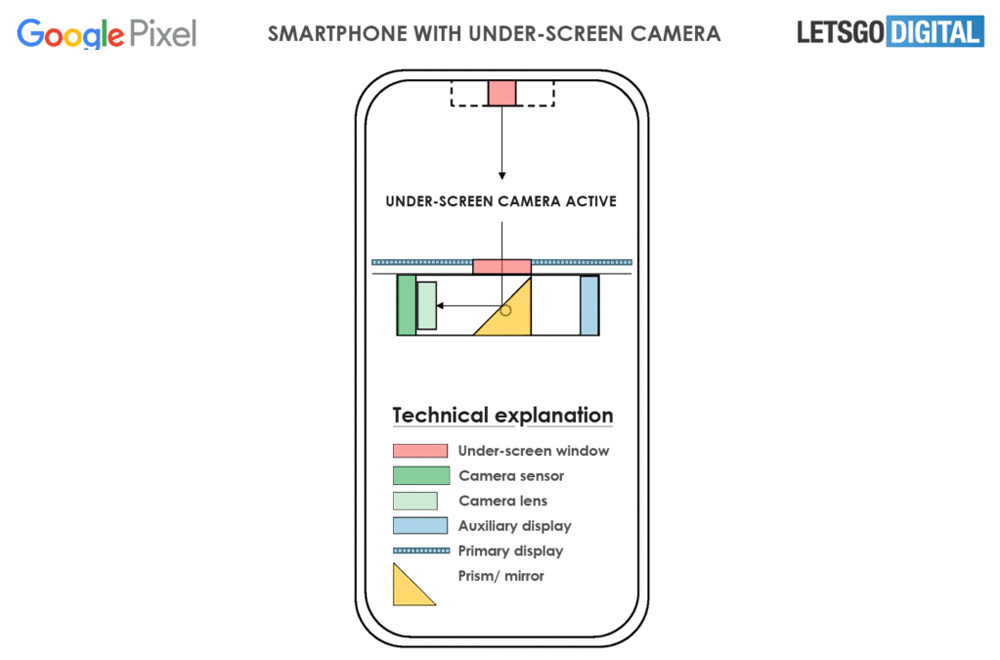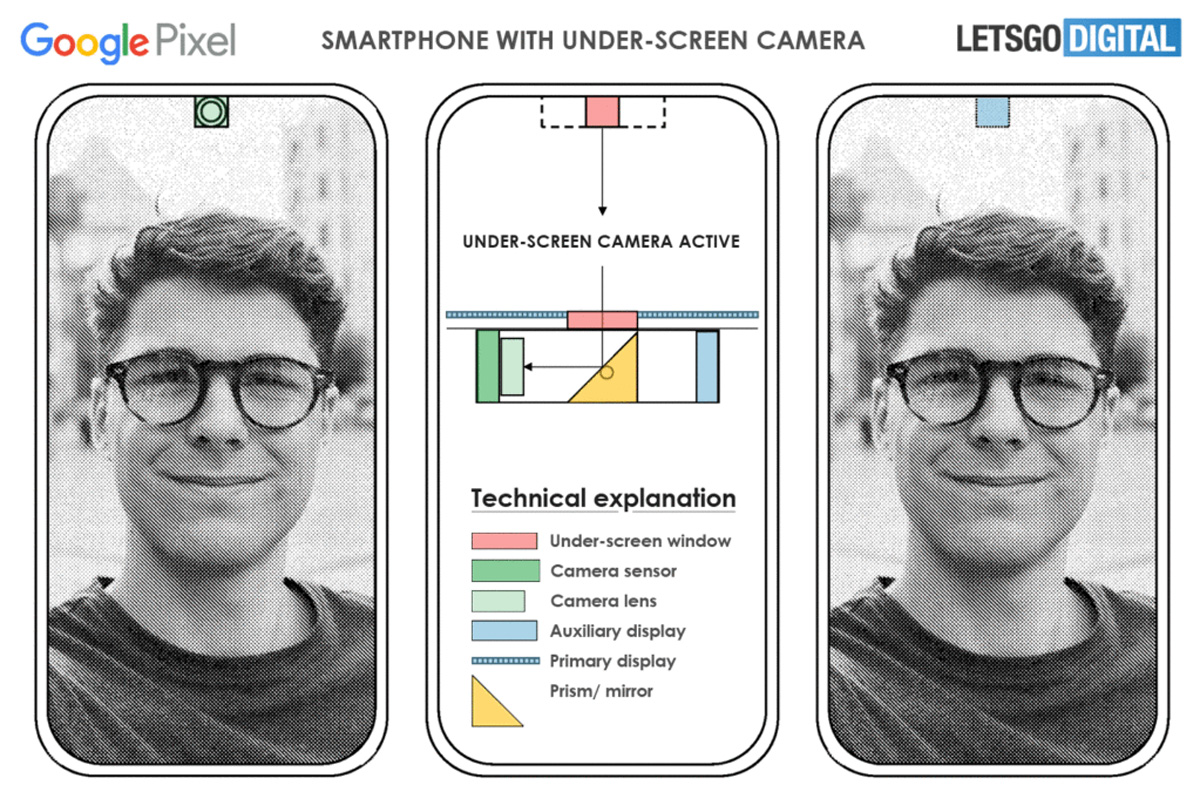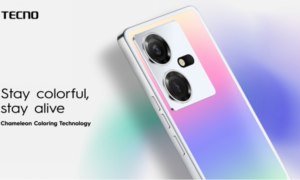One of the most complex tech problems is how to include under-the-display selfie cameras.
This is the reason why ugly notches have become commonplace in most smartphones. It’s one of the complexities that have made it challenging for smartphones to achieve a 100% screen-to-body ratio.
A recent patent filing by Google, however, hints that the company has figured out a way to make this happen. The mechanics of the method involves the use of a second display that will lie on top of the first display that has the camera.

There is then a prism that connects the camera sensor and the second display. The prism lets light in through a tiny slit when the camera is in use and when not in use collapse to reflect the light from the second display to the main display.
It’s a really simple concept that could help solve a problem that has bugged most smartphone vendors.
Samsung has also been active in working on under-the-display selfie cameras. The company also uses a similar technique through the use of a primary and a secondary display but without a prism.
However, it noteworthy to mention that patent filings don’t necessarily mean that the tech will make its way to soon to be launched smartphones.
Patent filings are often used as a measure to secure a strategic advantage over competitors. It is, therefore a wait-and-see game to see if Google will commercialize the patent and whether the tech will feature on future Pixel smartphones.
Related: First generation under-the-display selfie cameras will probably not impress you
Kevin is a tech enthusiast and the lead writer at MobiTrends.co.ke. He has been writing about smartphones and tech related topics since October 2012. About Us | Contact Us














